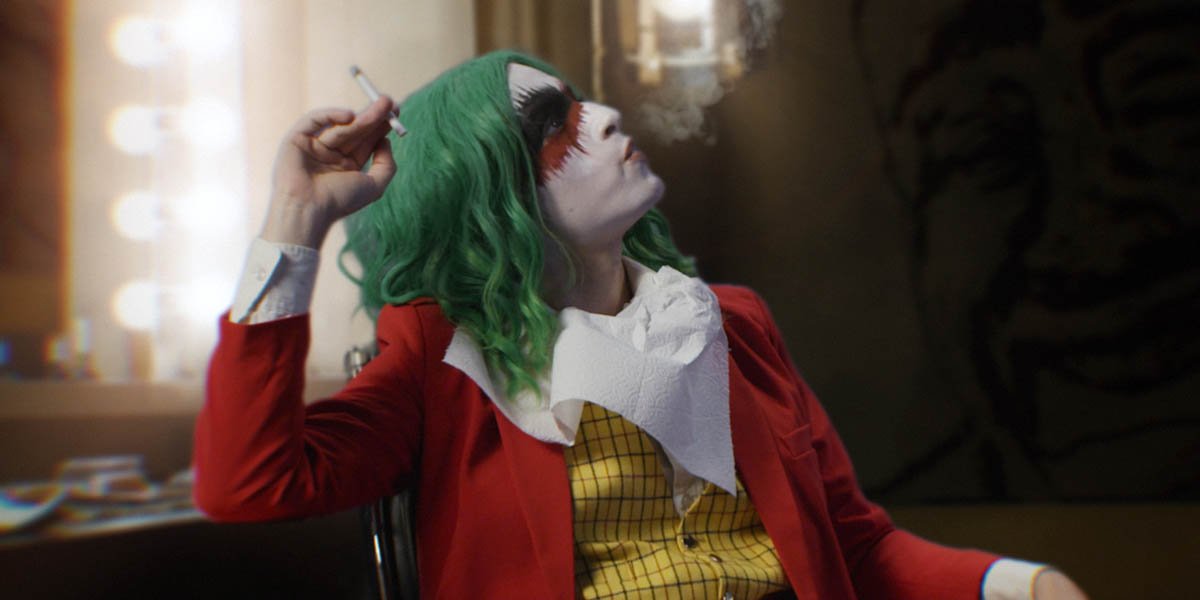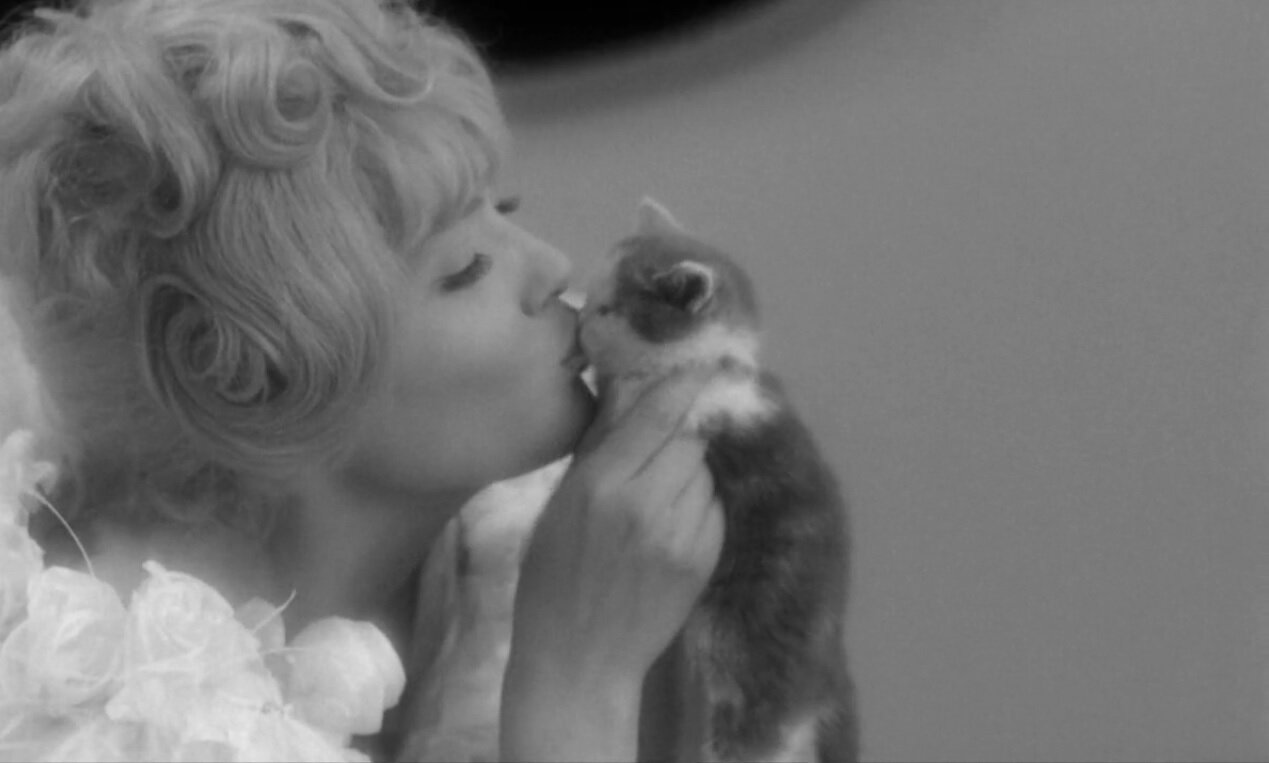A24
By Andrea Thompson
A biopic of Priscilla Presley directed by Sofia Coppola? What is there to say besides what took so long?
Or at least, you would think so. Coming back from a vacation (hence the absence of last week’s column), all I could think was how much I hate it when I disagree with my favorite creatives. I am among the minority who absolutely loathed Martin Scorsese’s “Killers of the Flower Moon,” and while my feelings are far less negative for Sofia Coppola’s “Priscilla,” I still find it to be among her weakest films.
Especially when a comparison to another, more superior film is inevitable. In last year’s “Elvis,” Baz Luhrmann used his trademark fascination with pomp and flash to propel the story, but unfortunately Coppola allows hers to bog it down. It makes “Elvis” function far better as propaganda than “Priscilla” does as a biopic.
And make no mistake, the way Luhrmann depicted his subject as a passionate activist for civil rights who suffered for his beliefs while leaving Priscilla’s role to little more than a cameo was absolutely wish fulfillment for the icon Luhrmann clearly reveres. But this column is about “Priscilla,” so this can be left for others to expand on.
To criticize Coppola for making fashion and the lushness of a great setting part of her focus is to miss the point. Coppola has always had a deeply feminine eye and has unapologetically made fashionable visuals of her films a key element of the stories she tells. The swirling 70’s dresses of sunny suburbia, the eye-popping trappings of pre-Revolutionary France, the heaving bodices of a repressed Southern Gothic locked in the midst Civil War - we don’t just picture it, we feel every bit of it due to a director who has made style and substance blend seamlessly.
Due to her pedigree, Coppola has also long had a fascination for the fashionable world she hails from, and it sometimes causes her to sink into superficiality, even if it is of a type uniquely her own. Not to mention it’s quite satisfying to hear Francis referred to as Sofia’s dad in some cinephile chatter.
This flaw is what ultimately prevents her from telling Priscilla Presley’s story more effectively. The timing is right, she has fantastic leads in Cailee Spaeny as the title character, who believably transforms from lovestruck girl to confident woman, “Euphoria” villain Jacob Elordi as an Elvis who is both believably vulnerable and manipulative, and a story that seems right out of every one of the Sofia Coppola trademarks we’ve come to know. But the world of the rich and famous is no match for what Priscilla creates once she leaves it.
It’s hard to fault Coppola too much, since the cloistered world of these particular celebrities utterly changed the zeitgeist as we know it. Priscilla Presley mined empowerment from exploitation in a very female version of the hero’s journey, transforming from a princess stashed away in a tower to empowered queen, and lately, the executive producer on the film.
And the film does get quite a bit right, especially in the way it portrays a patriarchal world which not only allowed a rich, powerful man in the public eye to court a 14-year-old, but to actively enable him. From the tunes of the times, which sang of little girls in love, to the negotiations between the military men in Priscilla’s life about where and when she could spend her time, and especially the hangers-on who were unwilling to give anything resembling pushback to the King, every one of them knew where the money was and how it would benefit them.
This is clearly where Coppola’s interest lies, and from the cherry on top of her ice cream sundae in a pocket of Americana in West Germany, to the various textures of the plush carpeting, soft velvet, and the general look of life in Graceland, Sofia is clearly in her element, infusing the first appearance of Priscilla’s signature bob and look with the rousing momentousness of Darth Vader suiting up for the first time.
A24
But adulthood has to arrive sometime, and the movie loses interest once Priscilla actually starts to get a life. Once she stops dying her hair and lets it grow in its more natural state, dresses in more practical, less forcefully feminine attire like jeans, the story is clearly over, with time flying by via various montages. Some of that is clearly to be expected, since the movie is based on the memoir written by Priscilla herself about her relationship with Elvis.
Yet there’s a reason that Priscilla has become a cultural force in her own right, turning Graceland into a tourist attraction and ensuring her ex-husband’s legacy financially and otherwise, with granddaughter Riley Keough establishing herself as an acclaimed actress and currently the sole owner of Graceland. Part of it is simply that unlike other attempts to tell Priscilla’s story, such as the 1988 TV movie “Elvis and Me,” “Priscilla” doesn’t have the luxury of time. And let’s face it, her business ventures are far less cinematic and mostly outside of Coppola’s oeuvre.













